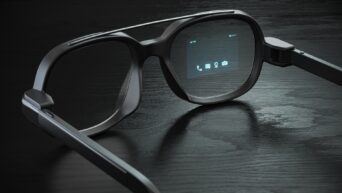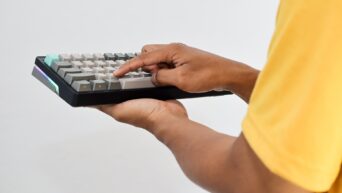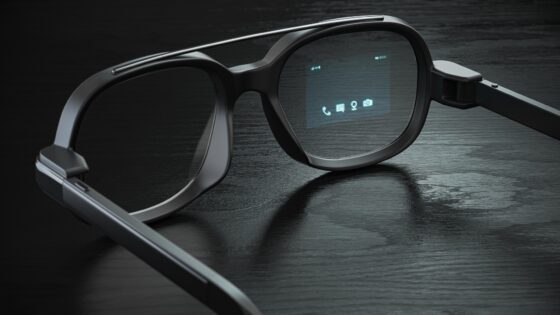Prosthetic limbs are a tricky subject. We don’t have the technology yet to wire a mechanical limb directly into someone’s nervous system, so we need to create an extremely rough approximation instead. A lot of prosthetic limbs respond to pressure and lack a wide range of movement, so they’re not as effective as many amputees would like. However, some new research from a multinational team might just point us in the right direction toward the cybernetic future.
A team of researchers from Italy, Germany, and Switzerland have found that they can stimulate the nerves inside an amputated arm using computer code. With this code, the arm can send signals to the prosthesis very similar to natural nerve impulses. Test subjects had surprisingly acute control of their prosthetic digits, able to control when and how hard they gripped something with minimal effort.
The subjects also noted a similar sensation to real limb movement. The research team is moving forward on this thread, believing that artificial arms and legs could be made to be accepted naturally by a body.
































